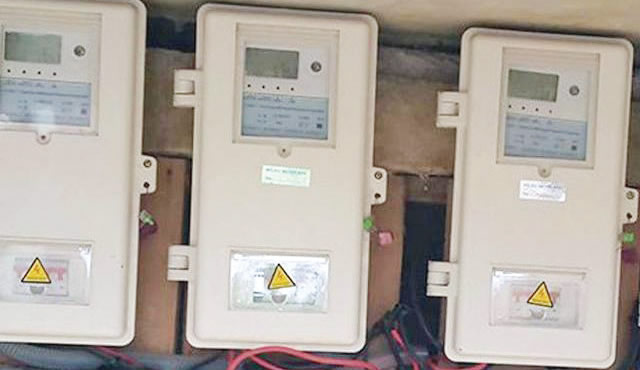5 Tips To Create a Sense of Belonging in a Community
Creating a productive and harmonious community is an art that requires effort, understanding, and a strategic approach. A crucial element of a successful community is the sense of belonging that members feel. This feeling is more than just being known; it’s about members feeling valued, understood, and included.
A well-connected community is a stronghold that can weather any storm, supporting its members in times of crisis and celebrating together in times of joy. These five tips to create a sense of belonging in a community will transform a group of individuals into a tightly knit group
Community Events
Hosting regular community events is a powerful way to bring people together and cultivate a sense of belonging. These events can range from community clean-up days to cultural appreciation festivals. What’s important is that they provide an opportunity for members to meet, interact, and form connections.
Inclusive Communication
Inclusive communication transcends beyond the boundaries of language. It’s about creating an environment where every member feels heard, understood, and respected. Here are some key aspects of inclusive communication:
- Language Accessibility – This may involve avoiding jargon, using multiple languages if the community is linguistically diverse, or providing translations and interpretations where necessary.
- Open Dialogue Channels – Communities flourish when members have platforms to express their thoughts, ideas, and concerns. Open dialogue channels like community forums, social media groups, or regular meetings can provide this platform.
- Equal Opportunity To Communicate – All members should have equal opportunities to voice their thoughts, irrespective of their background, status, or tenure in the community, through regular community meetings, suggestion boxes, or digital platforms.
- Respectful and Non-Discriminatory Language – Inclusive communication also means using language that respects all members’ identities. Avoid stereotypes or discriminatory language and promote positive and respectful expressions to make everyone feel valued and included.
Shared Spaces
Shared spaces are essential for fostering a sense of community. These spaces could be anything from community gardens to transit shelters. In fact, transit shelters can play a significant role in how community members perceive their environment. Transit shelters create a sense of place, and when they include thoughtful design and are well-maintained, they can reflect a caring and inclusive community.
Collaborative Decision-Making
Collaborative decision-making stands as a pillar of a strong community, fostering a sense of equality, involvement, and belonging among its members. This process goes beyond simply giving community members a voice; it involves actively incorporating their insights, suggestions, and feedback into decisions that shape the community. It requires transparency, active participation, and inclusivity regardless of their social, cultural, or economic backgrounds.
Celebrate Diversity
Celebrating diversity is essential to building a sense of belonging in a community. More than just acknowledging the existence of different backgrounds and cultures, celebrating diversity means actively promoting the understanding and appreciation of these differences as valuable assets that enrich the community.
Creating a sense of belonging in a community requires effort, but its benefits—from improved mental health to stronger communal ties—make it more than worthwhile. This feeling will enhance the resident’s quality of life and community experience.
























No comments